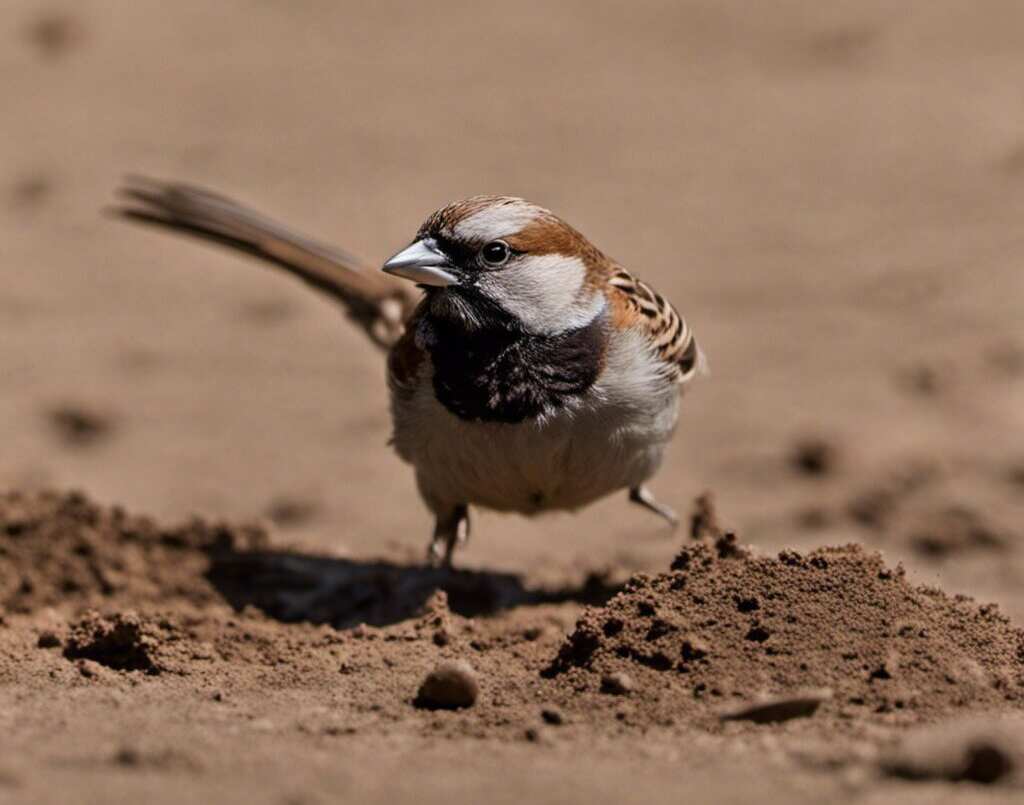Have you ever noticed birds rolling around in the dirt and wondered why they do it? This behavior might seem odd, but it actually serves some essential purposes for our feathered friends. In this article, we’ll explore the reasons behind this behavior and its significance for bird health and wellness.
Birds engage in various behaviors, including preening and bathing, to maintain their hygiene and overall well-being. Rolling around in the dirt might seem like an unusual way to achieve these goals, but it has several benefits for birds.
Table of Contents
- 1 Key Takeaways
- 2 Why Do Birds Roll Around In The Dirt?
- 3 Understanding Dust Bathing
- 4 Feathers and Grooming
- 5 Social and Territory Signaling
- 6 Environmental Factors
- 7 Benefits for Parasite Control
- 8 Differences Across Bird Species
- 9 Human Encounters and Bird Conservation
- 10 Conclusion
- 11 FAQs: Why Do Birds Roll Around In The Dirt?
- 11.1 Why do birds roll around in the dirt?
- 11.2 How does dust bathing relate to bird care and hygiene?
- 11.3 What role does grooming play in bird wellness?
- 11.4 How does rolling in the dirt serve as a social and territory signaling behavior?
- 11.5 What environmental factors influence birds’ inclination for dust bathing?
- 11.6 How does dust bathing benefit bird parasite control?
- 11.7 Do different bird species exhibit variations in dust bathing behavior?
- 11.8 How does bird behavior, including dust bathing, relate to bird conservation?
- 11.9 What is the conclusion to the question “Why do birds roll around in the dirt?”
- 12 Author
Key Takeaways
- Birds engage in rolling around in the dirt, also known as dust bathing, to maintain their hygiene, remove parasites, and control body temperature.
- Clean feathers are essential for bird health, and dust bathing helps distribute natural oils throughout feathers, providing insulation, waterproofing, and aerodynamics.
- Dust bathing is also a social and territorial behavior, with birds using it as a form of communication with other birds.
- Environmental factors, including weather and soil composition, influence birds’ inclination to engage in dust bathing.
- Dust bathing is vital for controlling parasites, and different bird species exhibit variations in their dust bathing behavior.
- Observing and respecting birds’ natural behaviors and instincts is essential for bird conservation efforts.
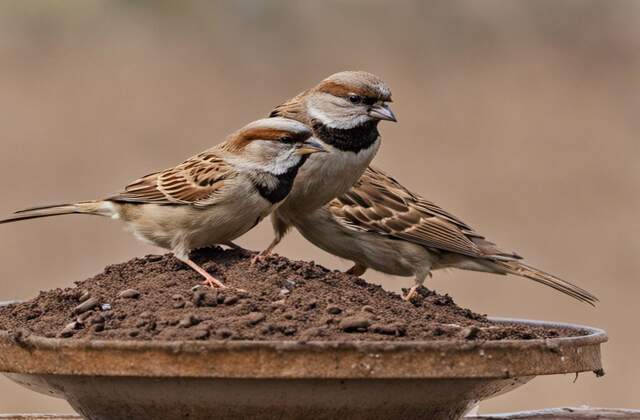
Why Do Birds Roll Around In The Dirt?
Birds roll around in the dirt for several reasons. One reason is to help keep their feathers healthy and clean. Many birds have oil glands that produce a waxy substance that helps waterproof their feathers, and dust bathing helps clean these oil glands and stimulate the production of fresh oils onto their feathers.
Another reason is to remove external parasites such as mites, ticks, and lice. Rolling in dirt or sand suffocates these parasites and helps birds maintain their overall health. Additionally, dust bathing can help birds stay cool on hot days and may also serve as a form of social behavior or courtship display.
Understanding Dust Bathing
Have you ever seen a bird rolling around in the dirt and wondered what they were doing? This behavior, known as dust bathing, is an essential part of many bird species’ grooming routine. Instead of using water, birds use dry dirt or sand to clean their feathers and maintain their hygiene and health.
Dust bathing involves the bird tossing and shaking the dirt over its back, penetrating the deep layers of their feathers. The dust particles act as a natural cleaning agent, removing excess oil, dirt, and parasites that may be stuck to the bird’s feathers. In doing so, birds avoid the potential risks associated with wet bird baths, including drowning or hypothermia.
Understanding Dust Bathing
But dust bathing is not just about cleaning feathers. Birds have natural instincts that drive them to engage in this behavior, even in captivity. By spreading dust or sand over their feathers, they also distribute natural oils throughout their plumage.
These oils provide numerous benefits, such as insulation, waterproofing, and aerodynamics, all of which are crucial for birds’ survival.
Without the protective layer of natural oils, birds would be susceptible to various environmental hazards. For example, waterlogged feathers can lead to hypothermia or a loss of flight capability.
On the other hand, lack of waterproofing can make feathers become stiff and reduce their insulation abilities.
Thus, dust bathing is not just a luxury but a necessity for birds’ overall well-being. It is a vital part of their grooming routine, enabling them to stay healthy, comfortable, and able to fly.
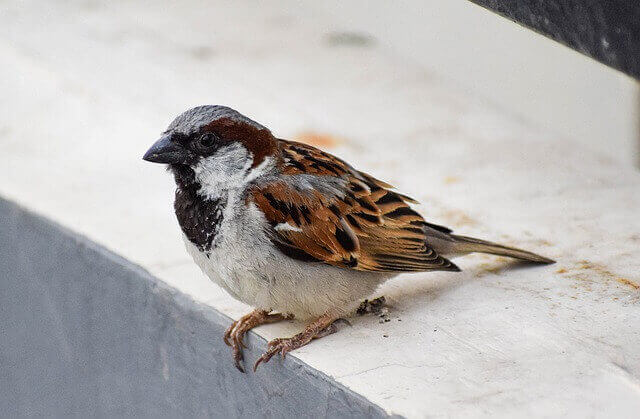
Feathers and Grooming
Clean feathers are crucial for a bird’s overall wellness. Dust bathing helps birds to distribute natural oils throughout their feathers, which provide insulation, waterproofing, and aerodynamics. Feathers also play a pivotal role in allowing birds to fly, glide, and regulate their body temperature.
In short, grooming is a critical aspect of a bird’s self-care and necessary for its physical health.
When birds engage in dust bathing, they use their bodies to distribute the dust or soil all over their feathers. This action helps to remove excess oil, dirt, and debris that gather on the feathers, leaving them looking clean and smooth.
Additionally, the abrasive quality of the dust particles helps to file away any worn-out feather barbs, which can cause the formation of gaps and inhibit the feathers’ ability to trap air.
Birds have a preen gland located at the base of their tails, which produces oil that they spread over their feathers during grooming. This oil layer acts as a waterproofing agent, keeping the feathers dry and free from bacteria and fungi growth.
Birds also use their beaks to preen and remove any remaining dirt and debris from their feathers. They align the barbs of each feather using their tongue and create a zip-like seal that is essential for aerodynamics during flight.
Social and Territory Signaling
Birds engage in various behaviors to communicate with each other, and rolling in the dirt is one such behavior. While it may seem strange to us, this behavior can serve several purposes for birds. One of the main purposes is to signal their territory.
When a bird rolls in dirt or dust, it leaves a scent that other birds can detect. This scent can indicate the boundaries of the bird’s territory, warning other birds to stay away. In some species, both males and females may roll around in dirt during mating season to attract potential mates.
This behavior can also signal to other birds about the bird’s health and suitability as a mate.
Rolling in the dirt can also serve as a way for birds to assert dominance over each other. In some species, the bird that has the most dirt on its feathers is considered the most dominant. In others, birds may roll in dirt as a way to “dirty” themselves and make it harder for predators to spot them.
Environmental Factors
The behavior of dust bathing is closely related to the environmental conditions that birds encounter. Weather patterns, soil characteristics, and availability of suitable areas for dust bathing will all influence the frequency and intensity of dust bathing behavior in bird populations.
For example, in dry and arid regions, dust is more readily available for birds to engage in dust bathing compared to areas with high rainfall or waterlogged soil. Similarly, soil composition, texture, and depth will determine the quality of dust that birds can access for dust bathing.
Another key factor that influences dust bathing behavior is the presence of suitable locations that provide a secure and sheltered environment for birds to engage in this behavior. Birds will choose locations that are out of sight from predators and provide sufficient dust for cleaning and preening their feathers.
The preferences for dust bath locations can also vary between different bird species. Some birds may prefer to use man-made structures such as roads or pathways, while others may prefer natural locations like sand dunes or exposed rock faces.
Overall, the environmental factors that influence dust bathing behavior highlight the importance of providing suitable habitats and environments for birds to engage in natural behaviors.
By understanding the needs and preferences of different bird species, we can create ecosystems that support biodiversity and promote the health and well-being of bird populations.
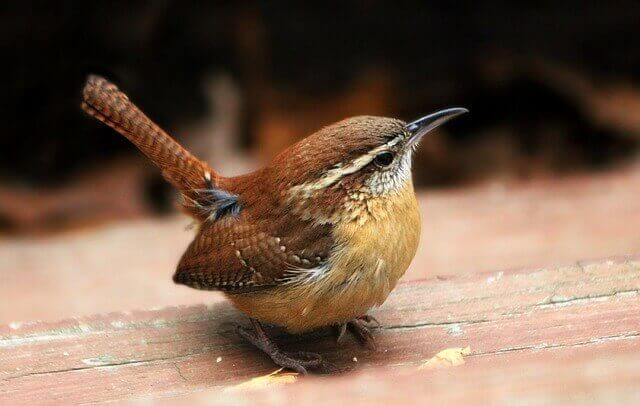
Benefits for Parasite Control
Aside from keeping their feathers clean and healthy, dust bathing also plays a crucial role in parasite control for birds. The abrasive action of dust particles helps to dislodge and suffocate external parasites, such as mites and lice.
As birds roll around in the dust, they effectively cover themselves from head to toe, ensuring that no part of their body is left untreated.
For some bird species, dust bathing is a necessary daily routine to keep parasite infestations at bay. For example, chickens are known to engage in dust bathing frequently throughout the day to control mite and lice populations.
In the absence of natural dust bathing areas, domesticated birds can be provided with artificial dust baths to ensure they maintain good hygiene and health.
Differences Across Bird Species
While dust bathing is a common behavior among birds, the technique, frequency, and preference for this behavior vary among different bird species. Some species, like the California Quail, will use their wings to create a dust cloud, while others, like the European Robin, will use their beaks to dig a shallow hole for dust bathing.
Some birds may engage in dust bathing multiple times a day, while others much less frequently.
These differences in dust bathing behavior can be attributed to various factors, such as the birds’ natural instincts, geographic location, and habitat preferences.
For example, birds living in arid regions may rely on dust bathing more heavily for parasite control and feather maintenance, while those living in wetter climates may have more opportunities to bathe in water.
Additionally, cultural differences within bird populations may also affect dust bathing behavior. For some birds, the location and quality of the dust might be crucial for their preference in dust bathing, while others may be more adaptable to different types of soils.
Understanding the differences and nuances in dust bathing behavior across bird species can provide valuable insights into their natural history and the ways in which they adapt to and interact with their environments.
Human Encounters and Bird Conservation
Observing birds engage in natural behaviors like dust bathing can be a fascinating experience, but it’s important to keep in mind that human presence can also have negative impacts on birds and their habitats. When encountering birds in the wild, it’s crucial to respect their space and avoid disturbing their natural behaviors.
Providing suitable environments and habitats for birds to engage in dust bathing and other natural behaviors can also play a crucial role in bird conservation efforts. This can include ensuring access to suitable soil types and locations, as well as protecting and restoring natural ecosystems that support healthy bird populations.
“Understanding and respecting birds’ natural behaviors and instincts is essential for their overall well-being and for the long-term conservation of bird populations.”
By valuing and protecting the unique behaviors and instincts of birds, we can help to ensure a healthy and diverse ecosystem for generations to come.
Conclusion
In this article, we have explored the fascinating behavior of birds rolling around in the dirt. Through understanding the concept of dust bathing, we have learned how birds use dust to clean their feathers, maintain their hygiene and health, and distribute natural oils throughout their feathers.
We have also touched upon the social and territorial aspects of this behavior, as well as the importance of environmental factors and parasite control.
It’s important to note that different bird species exhibit variations in this behavior, and respecting their natural instincts is crucial for their overall well-being. By providing suitable environments and habitats for birds to engage in natural behaviors like dust bathing, we can contribute to bird conservation efforts.
Overall, it’s clear that rolling around in the dirt is a significant behavior for birds and plays an essential role in their daily lives. By observing and appreciating their natural behaviors, we can gain a deeper understanding of and appreciation for these fascinating creatures.
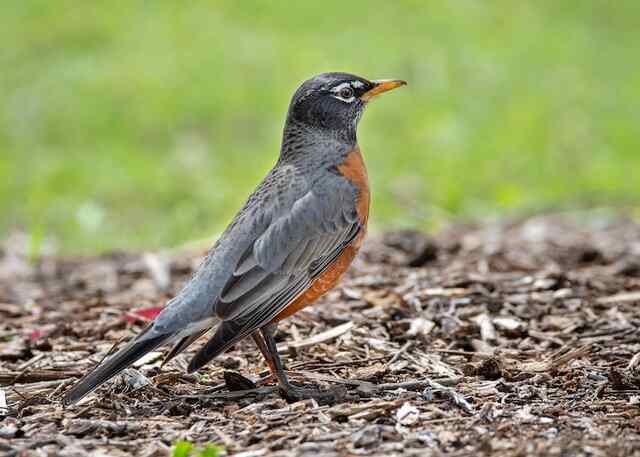
FAQs: Why Do Birds Roll Around In The Dirt?
Why do birds roll around in the dirt?
Birds roll around in the dirt as a behavior known as dust bathing. This behavior helps them clean their feathers, remove parasites, maintain their hygiene, and distribute natural oils throughout their feathers.
How does dust bathing relate to bird care and hygiene?
Dust bathing is essential for birds’ overall well-being as it helps them keep their feathers clean, remove parasites, and distribute natural oils. It contributes to their hygiene, health, and the maintenance of their feathers’ insulation, waterproofing, and aerodynamics.
What role does grooming play in bird wellness?
Grooming is crucial for birds to keep their feathers in optimal condition. It helps them align feathers, remove dirt, and distribute natural oils, ensuring the feathers’ functionality and health.
Rolling in the dirt can be a form of communication among birds. It can signal territory boundaries or attract potential mates, relying on their natural instincts and signaling systems.
What environmental factors influence birds’ inclination for dust bathing?
Environmental factors such as weather conditions, soil composition, and the availability of suitable areas impact birds’ inclination to engage in dust bathing. Different bird species may also have preferences for specific dust bath locations.
How does dust bathing benefit bird parasite control?
Dust bathing helps birds control parasites by dislodging and suffocating external parasites, such as mites or lice. The abrasive action of dust particles aids in maintaining the birds’ health and overall well-being.
Do different bird species exhibit variations in dust bathing behavior?
Yes, different bird species may exhibit variations in their dust bathing behavior. This includes species-specific preferences, techniques, and frequency of engagement in this behavior. Cultural differences within bird populations may also influence dust bathing patterns.
How does bird behavior, including dust bathing, relate to bird conservation?
Understanding and respecting bird behavior, including dust bathing, is crucial for bird conservation efforts. Providing suitable environments and habitats for birds to engage in natural behaviors like dust bathing is important for their overall well-being and conservation.
What is the conclusion to the question “Why do birds roll around in the dirt?”
Dust bathing is a natural behavior that serves multiple purposes for birds, including cleaning feathers, removing parasites, maintaining hygiene, and distributing natural oils. Respecting and understanding birds’ natural instincts and behaviors are essential for their overall well-being.

